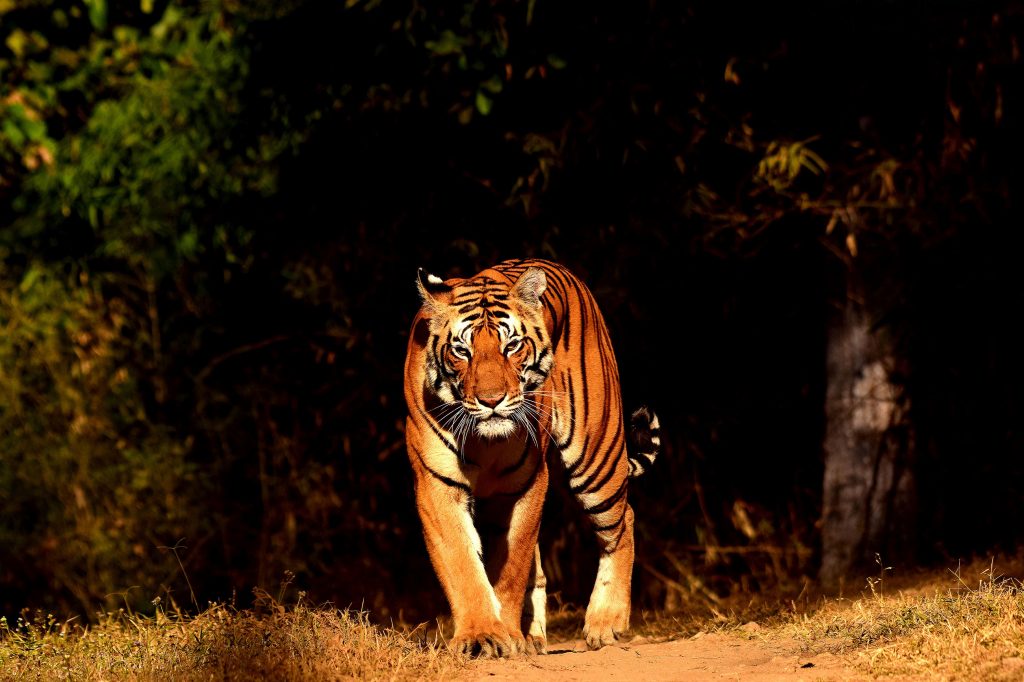Proceed to Kaziranga National Park at Assam, and you will be amazed to understand that it not merely hosts two-third of this world’s Beautiful One-horned Rhinoceroses but also serves as a floor for large breeding populations of elephants, wild water buffalo and swamp deer. Launched with a reason to conserve wildlife in India, Kaziranga also boasts of their most density of tigers among protected areas on earth. Kaziranga is dependent on the border of the Eastern Himalaya biodiversity hotspot at Jorhat Mawgan district 217 km from Guwahati. It extends over a place of 430 sq. km. And is bounded from the Mikir Hills around the South and Brahmaputra river on the northwest.
The place was declared a game Reserve In 1908 to preserve the one-horned rhino and following a Tiger Reserve in 2006. Conservation of only horned rhino has become the main motive of its establishment. Poachers kill these rhinos because the purchase price of one horn comes to around US $50,000. What is more, it is recognized as an important Bird Area from Birdlife International for conservation of avifauna species. Trained elephants require the tourists to receive amazing elephant rides to explore the entire national parks in india and to get a close look at the pure beauty. If it comes to the wildlife design, Kaziranga provides the very best of diversity.

Breeding populations of 35 Exotic Species are the important attractions, of which 15 are sabotaged in accordance with the IUCN Red List and visit national parks in india. Terrific Indian One-Horned Rhinoceros 1,855, Wild Asiatic Water Buffalo 1,666, Eastern Swamp Deer 468, elephants 1,940, gaur 30, sambar 58, Indian Muntjac, wild boar, hog deer, Indian Tigers, Leopards, Indian Gray Mongoose, Large Indian Civet, Bengal Fox, Golden Jackal, Sloth Bear, Pangolins, Assamese Macaque. will be the critters that form the substantial species of mammals in the park.
Kaziranga is a favorite area of Countless regional and migratory birds. Lesser White-fronted Goose, Ferruginous Duck, Baer’s Pochard duck, Greater Adjutant, Black-necked Stork, Asian Openbill stork, Blyth’s Kingfisher, White-bellied Heron, Dalmatian Pelican, Spot-billed Pelican, Spotted Greenshank, Black-bellied Tern Hornbill, would be the Primary bird species in Kaziranga. The park is also home to many types of reptiles such as snakes and lizards. The Reticulated Python, Rock Python, King Cobra, Monocled Cobra, Russell’s Viper and the Frequent Krait are the most Dangerous snakes of this park. Besides the Bengal Water and track would be the most frequent lizards. If you are fortunate, you might locate Assam Roofed Turtle near the water body.
